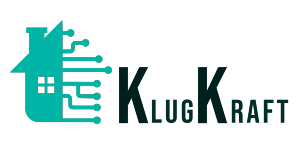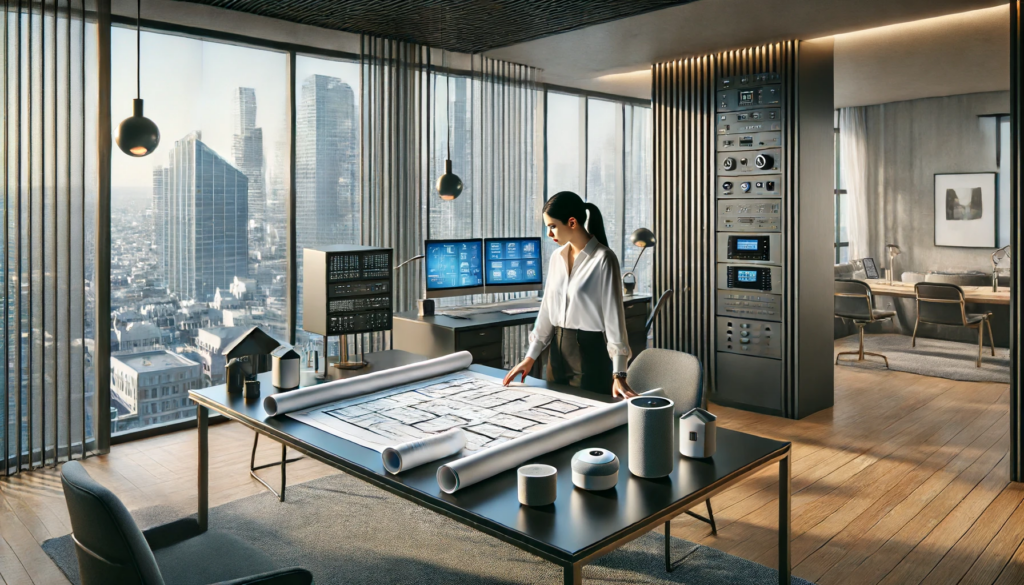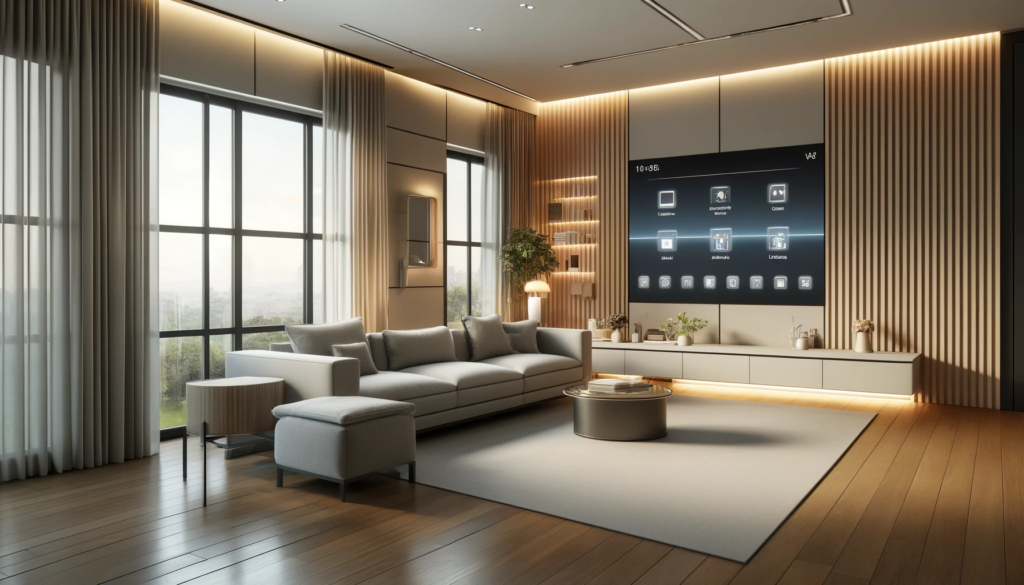When it comes to home automation, interior designers face a pivotal decision: opting for wired vs wireless systems. Both options offer unique advantages and cater to different needs and preferences. Let’s find out some tips that will help to choose interior designers the suitable option. Interior designers should thoroughly evaluate these factors to make an informed decision.
1. Assess Installation Feasibility
- Wired Systems: Ideal for new construction or major renovations where walls are open, and wiring can be easily integrated. Wired systems are less prone to interference and can be more reliable and secure.
- Wireless Systems: Best suited for existing homes or situations where minimal disruption is desired. Wireless systems offer flexibility and ease of installation without the need for extensive drilling or rewiring.
2. Consider System Scalability in Wired vs. Wireless
- Wired Systems: While they can be more challenging to expand, wired systems often support a larger number of devices more reliably. Planning for future expansion during the initial installation phase is crucial.
- Wireless Systems: They are inherently scalable. Adding, moving, or changing components is straightforward, making it easier to adjust to changing technology or homeowner needs.
3. Evaluate Reliability and Performance
- Wired Systems: Typically more reliable as they are not subject to the same interferences that can affect wireless systems (e.g., from Wi-Fi or Bluetooth).
- Wireless Systems: While they can sometimes face interference issues, advancements in technology like mesh networks have significantly improved their reliability and range.
4. Understand Cost Implications
- Wired Systems: Generally involve a higher upfront cost due to the intensive labor and materials required for installation. However, they might offer lower maintenance costs in the long run.
- Wireless Systems: Usually more cost-effective to install, as they require less labor and minimal structural changes. However, they may require more maintenance or replacement over time.
5. Think About System Integration
- Wired Systems: Often compatible with high-end integrated home systems that require a stable and continuous connection, offering superior integration with security systems, HVAC, lighting, and audio-visual controls.
- Wireless Systems: Provide the ease of integrating with a wide range of devices thanks to standards like Zigbee, Z-Wave, and Wi-Fi. This makes them highly adaptable to various smart home products.
6. Consider Aesthetic Impact
- Wired Systems: Can be completely hidden within walls for a seamless look, which is a significant advantage from a design perspective.
- Wireless Systems: Devices may be visible unless designed to blend with the home decor, although they offer greater flexibility in placement and adjustment without affecting the home structure.
7. Evaluate Security in Wired vs. Wireless
- Wired Systems: Offer robust security with less risk of hacking since they do not broadcast over the airwaves.
- Wireless Systems: Have improved security features over the years but generally face higher risks of security breaches than wired systems. Ensure that any wireless system uses advanced encryption and secure communication protocols.
KlugKraft is the premier online destination for system integrators and interior designers to showcase their home & office automation products. This platform is meticulously crafted to highlight the synergy between innovative technology and elegant design. Providing a comprehensive portfolio space for professionals. KlugKraft allows experts to display their latest smart home technologies, from intuitive lighting solutions to sophisticated security systems, all designed to enhance modern living. By offering a dynamic and interactive showcase, KlugKraft not only connects these professionals with potential clients but also sets a new standard in the integration of technology and design in home automation, ensuring every space is as functional as it is visually stunning. KlugKraft (a unit of Smart Group)




